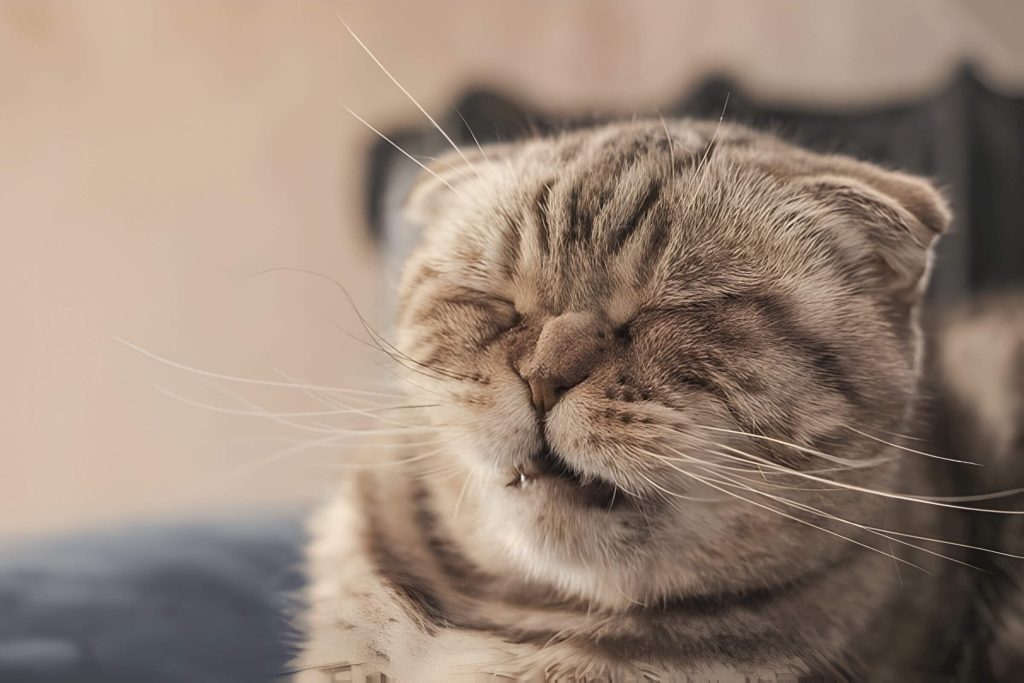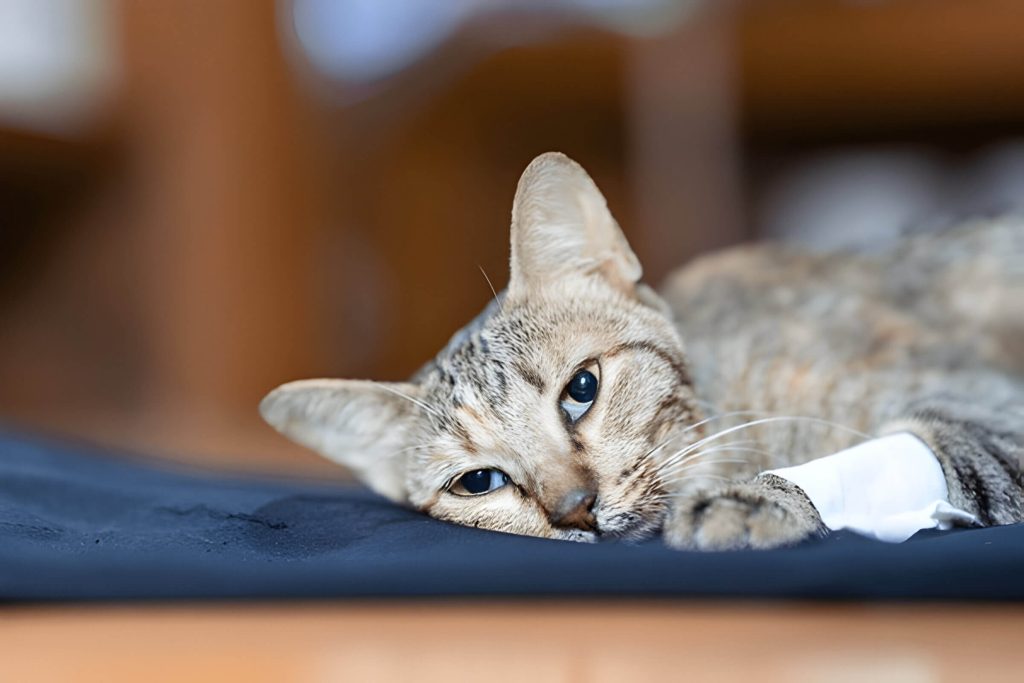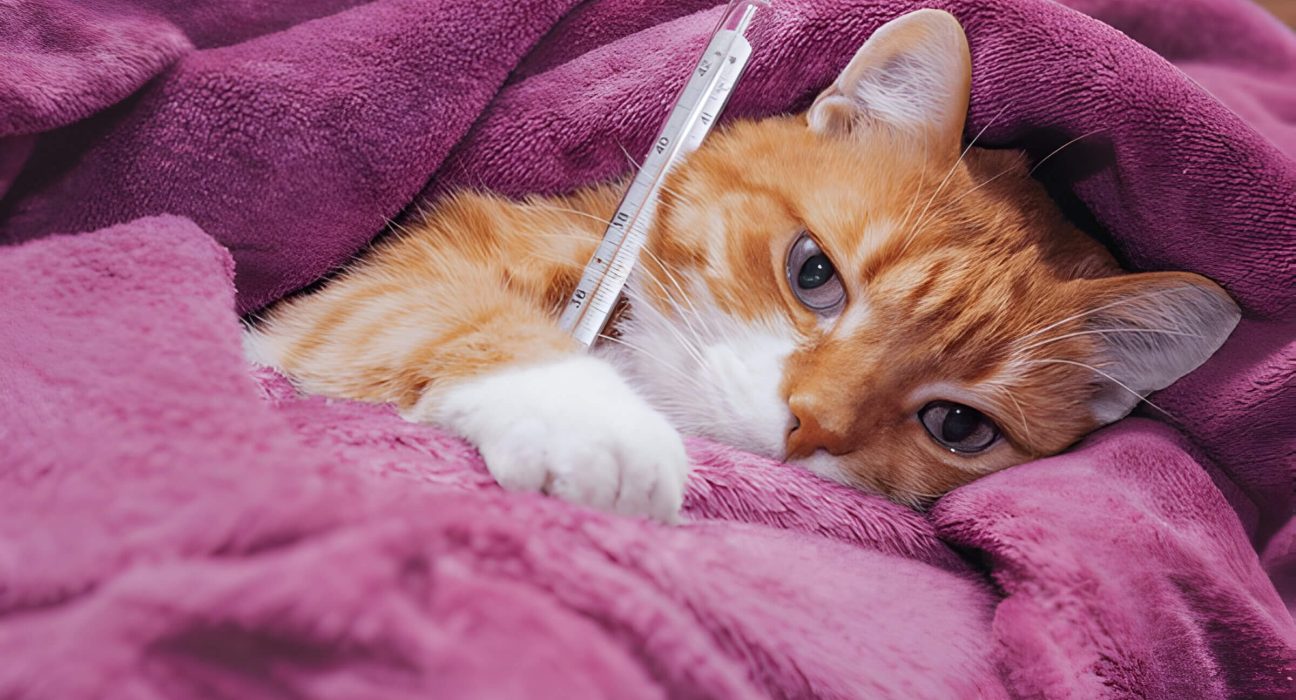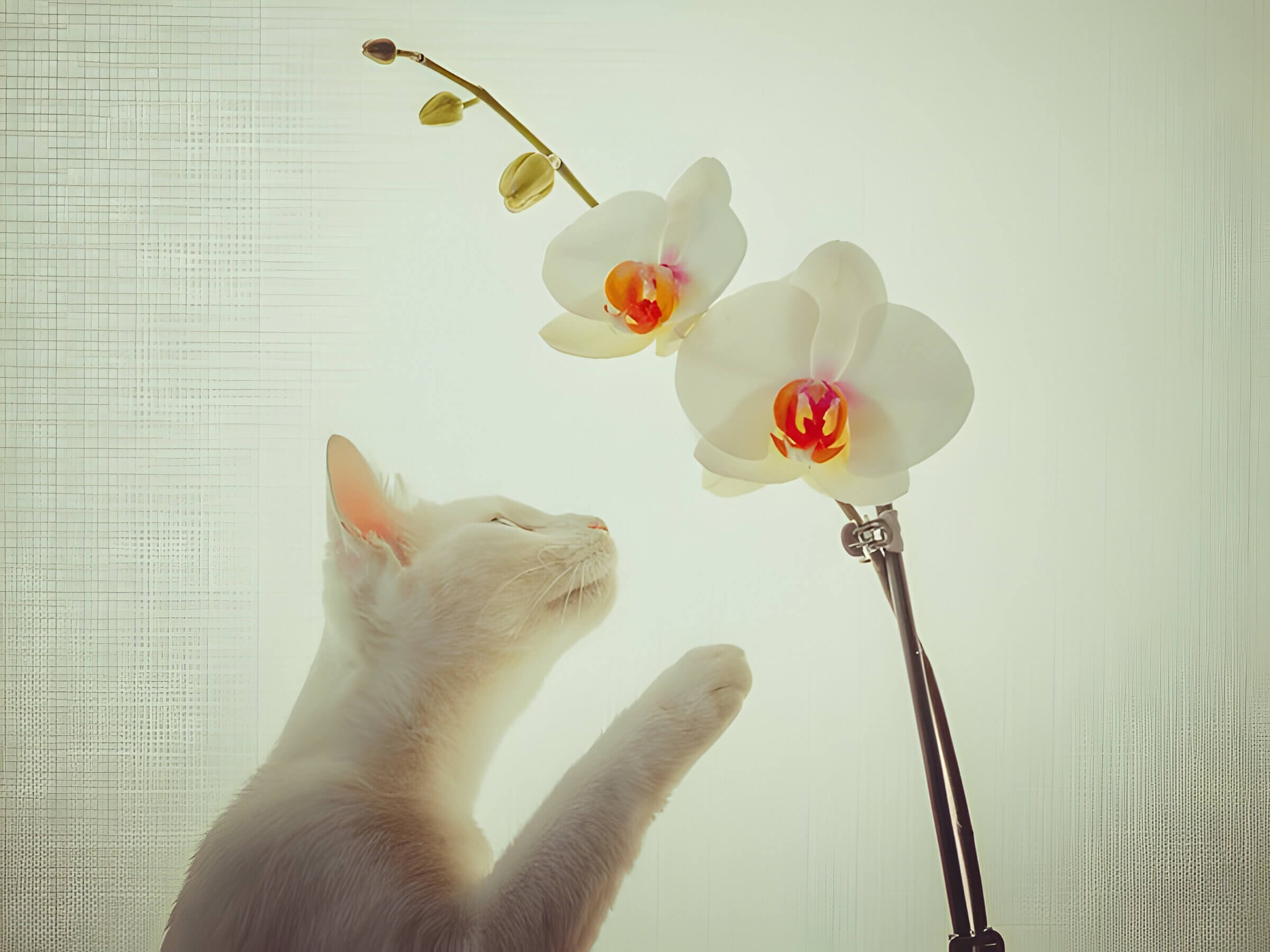Cats, our beloved feline companions, are not immune to respiratory ailments, despite their reputation for resilience. While they don’t catch the same colds as humans, cats can suffer from upper respiratory infections that mimic cold-like symptoms. These “cat colds” are caused by various viruses and bacteria, presenting a range of symptoms from sneezing to fever. Understanding the causes, symptoms, and treatments of feline upper respiratory infections is crucial for cat owners to ensure the health and well-being of their furry friends.
What Are Cat Colds and How Do They Differ from Human Colds?
Cat colds, also known as feline upper respiratory infections or “cat flu,” are similar to human colds in some ways but have distinct differences. While cats can indeed “get colds,” these infections are typically caused by different pathogens than those affecting humans.
Feline upper respiratory infections are usually caused by viruses such as feline herpesvirus or calicivirus, though bacterial infections can also occur. These pathogens are species-specific, meaning they don’t spread between cats and humans. Unlike human colds, which primarily affect the nose and throat, cat colds often impact the eyes as well, causing symptoms like conjunctivitis.
Common Symptoms of Cat Colds
Cats, like humans, can catch colds, and recognizing the symptoms early is crucial for their well-being. One of the most noticeable signs is sneezing in cats, which often occurs in frequent bouts. Accompanying this, you may observe a runny nose in cats, with clear or slightly colored discharge. Watery eyes in cats are another common symptom, sometimes accompanied by squinting or pawing at the eyes.
Cat lethargy is a significant indicator of illness. If your usually active feline becomes unusually quiet or sleeps more than usual, it could be a sign of a cold. Additionally, loss of appetite in cats is a red flag. Cats with colds may show less interest in food or stop eating altogether, which can lead to further health complications if not addressed promptly.
Other symptoms to watch for include coughing, difficulty breathing, and fever. If you notice any combination of these symptoms persisting for more than a few days, it’s advisable to consult with a veterinarian. Early detection and treatment can help your cat recover more quickly and prevent the development of more serious respiratory infections.
Causes of Cat Colds (Viruses and Bacteria)
Cat colds, also known as upper respiratory infections, are primarily caused by various viruses and bacteria. The most common culprits include feline herpesvirus and feline calicivirus, which are responsible for the majority of cat cold cases. These highly contagious viruses can spread quickly among felines, especially in multi-cat households or shelters.
Feline herpesvirus, once contracted, remains in a cat’s system for life and can reactivate during times of stress. Feline calicivirus, on the other hand, can cause more severe symptoms and may lead to complications if left untreated.
In addition to these viruses, bacterial infections can also cause or exacerbate cat colds. Two notable bacteria are Bordetella bronchiseptica and Chlamydophila felis. Bordetella bronchiseptica is particularly concerning as it can cause kennel cough in dogs and can be transmitted between cats and dogs. Chlamydophila felis primarily affects a cat’s eyes and can lead to conjunctivitis.
These pathogens often work in combination, with viral infections weakening a cat’s immune system and making them more susceptible to secondary bacterial infections. Regular veterinary check-ups and maintaining good hygiene practices can help prevent and manage cat colds effectively.
How Cat Colds Spread
Cat colds, also known as upper respiratory infections, can spread rapidly among feline populations. These contagious cat illnesses are primarily transmitted through direct cat-to-cat contact, such as sharing food bowls, grooming each other, or engaging in play. Infected cats can shed the virus through their saliva, nasal discharge, and even eye secretions, making it easy for healthy cats to contract the illness.
Environmental factors play a significant role in the spread of cat colds. Poorly ventilated spaces, overcrowded living conditions, and shared litter boxes can all contribute to the transmission of these infections. The viruses responsible for cat colds can survive on surfaces for short periods, allowing for indirect transmission when healthy cats come into contact with contaminated objects.
Stress and immunity in cats are crucial factors that influence their susceptibility to colds. Cats experiencing high levels of stress, such as those in shelters or newly adopted pets, may have weakened immune systems, making them more vulnerable to infections. Additionally, cats with underlying health conditions or those not receiving proper nutrition may be at higher risk of contracting and spreading colds.
To minimize the spread of cat colds, it’s essential to maintain good hygiene practices, isolate infected cats, and ensure a stress-free environment for all felines.
Diagnosing Cat Colds

Diagnosing a cat cold typically begins with observing your feline friend’s symptoms. While most cat colds resolve on their own within 7-10 days, certain situations warrant a veterinary examination. If your cat’s cold persists beyond two weeks or is accompanied by severe symptoms such as difficulty breathing, loss of appetite, or lethargy, it’s crucial to seek professional help.
During a veterinary visit, the vet may perform various diagnostic tests to determine the underlying cause of your cat’s illness. These tests might include blood work, nasal swabs, or even X-rays to rule out more serious conditions like pneumonia. It’s important to note that what seems like a simple cold could be a sign of a more severe issue, such as feline herpesvirus or calicivirus.
Pay close attention to your cat’s behavior and symptoms. If you notice any of the following, schedule an appointment with your veterinarian immediately:
- Persistent sneezing or coughing for more than two weeks
- Discharge from the eyes or nose that is yellow, green, or bloody
- Refusal to eat or drink for more than 24 hours
- Labored breathing or wheezing
- Fever (above 103°F or 39.4°C)
Early intervention can prevent minor health issues from developing into more serious conditions, ensuring your cat’s swift recovery and overall well-being.
Treatment Options for Cat Colds
When your feline friend comes down with a cold, there are several treatment options available to help them recover quickly and comfortably. Home remedies for cat colds can be effective for mild cases, including keeping your cat’s eyes and nose clean with a warm, damp cloth and ensuring they stay hydrated. Supportive care is crucial, which involves providing a quiet, warm environment for rest and recovery.
In more severe cases, veterinarians may prescribe antibiotics for cats to combat secondary bacterial infections that can develop alongside viral colds. However, it’s important to note that antibiotics are not effective against viral infections themselves.
Humidifiers for cats can be a valuable tool in managing respiratory symptoms. Placing a humidifier in your cat’s resting area can help ease congestion and make breathing more comfortable. Additionally, steam from a hot shower can provide similar benefits.
Always consult with your veterinarian before administering any medications or if your cat’s symptoms persist or worsen. With proper care and attention, most cats recover from colds within 7-10 days.
Vaccination and Environmental Management to Prevent Colds in Cats
Feline vaccinations play a crucial role in protecting cats from various respiratory infections that can lead to cat colds. Core vaccines, including those for feline herpesvirus and calicivirus, are essential in boosting cat immunity against common pathogens. Consult with your veterinarian to establish an appropriate vaccination schedule for your feline companion.
In addition to vaccinations, reducing stress in cats is vital for maintaining a strong immune system. Provide a calm, stable environment with plenty of hiding spots and vertical spaces. Minimize changes to their routine and introduce new elements gradually to avoid overwhelming your cat.
Maintaining clean living spaces is another key factor in preventing cat colds. Regularly clean and disinfect litter boxes, food and water bowls, and bedding areas. Ensure proper ventilation in your home to reduce the concentration of airborne pathogens.
By combining a comprehensive vaccination program with stress reduction techniques and a clean living environment, you can significantly decrease the likelihood of your cat developing a cold and promote overall feline health.
Can Cats Get Colds?

Cats can indeed get colds, although the viruses causing them are different from those affecting humans. While feline colds are usually not severe, they can be uncomfortable for your pet and may lead to more serious complications if left untreated. As a responsible cat owner, it’s essential to monitor your furry friend’s health and seek veterinary care when necessary.
To keep your feline companion healthy and happy, maintain a clean living environment, ensure they receive regular check-ups and vaccinations, and provide a balanced diet rich in nutrients. Pay attention to any changes in your cat’s behavior or appearance, as these could be early signs of illness. By being proactive and attentive, you can help your cat avoid colds and other health issues, ensuring they lead a long, contented life by your side.
A healthy cat is a happy cat, and your vigilance plays a crucial role in maintaining their well-being. With proper care and attention, you can minimize the risk of colds and other ailments, allowing your feline friend to thrive and enjoy a fulfilling life as your beloved companion.







